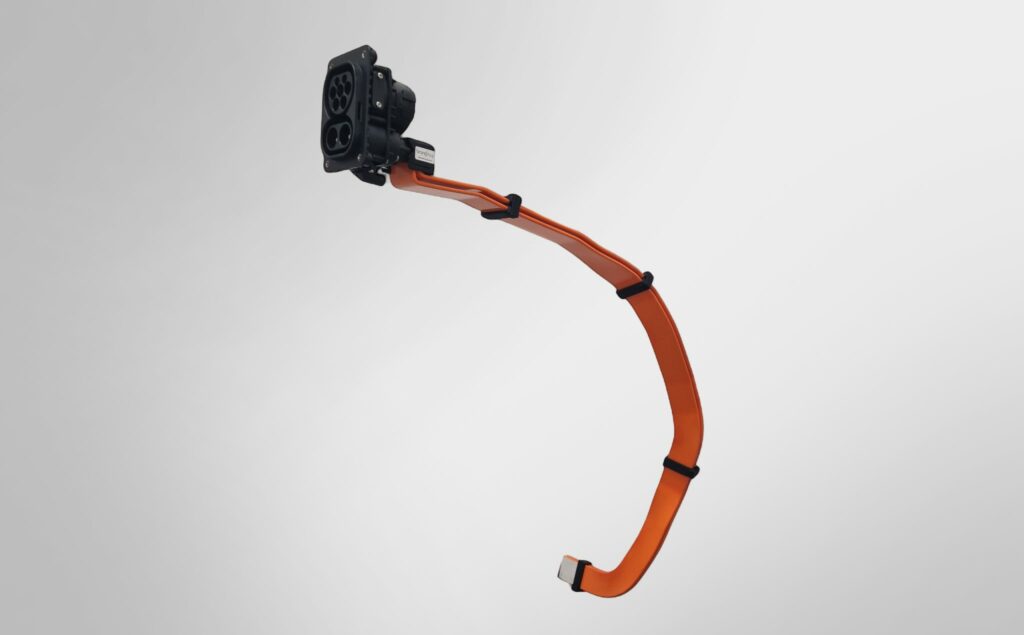Aluminium busbar process cuts costs and weight

(Image courtesy of brandgroup)
brandgroup, a medium-sized, German company, is to develop and manufacture innovative and efficient springs, spring assemblies and wire-forming parts using a process for the manufacturing of aluminium busbars with high-cross sections up to 300 mm2 in the automotive charging path to cut weight and cost, writes Peter Donaldson.
Researchers at the group have developed a technique that uses aluminium rather than copper or specialist wiring hardness to tap into the thermal conductivity of the busbar.
brandgroup engineers compared an unshielded, flexible, round, copper cable with a solid, aluminium busbar that had a rectangular cross-section in the DC charging path of a vehicle, and they saw a significantly better passive cooling performance with the aluminium, flat conductor than the round, copper cable.
“That was a big reason for using flat, aluminium busbars, the cost reduction and weight reduction in particular,” said Jörg Ruhose, deputy manager for r&d at brandgroup.
The company has installed a process line that can produce busbars with the highest cross-section on the market.
“We can process sections up to 250 mm2 and 300 mm2 of aluminium, and this is focused on the DC+/DC- power connection from the charging inlets to the battery. This is one of our unique propositions. The possibility to proceed this high, aluminium cross-sections enables charging currents up to 800 A without exceeding the permissible temperature limits,” said Ruhose.
“Part of the challenge is taking designs from customers and making them suitable for production. When we get the design package, we get the ideal design, so then we make a redesign of the part to make it ready for the machine technology. This saves time and cost in the customer’s development process.”
ONLINE PARTNERS































